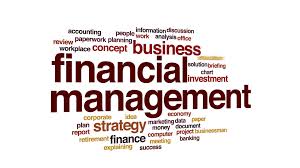Financial Management – Two eyes are better than one
During this last week, we were asked to put together a report for a client, comparing the actual expenditure to date against the agreed budget. We pulled the actual information from the accounting package and sent the report to the client. After he looked at it he sent us a number of questions, checking where certain payments, which he was expecting to see, were allocated and clarifying some of the amounts. It made me realise that everyone has a picture in their heads of how they expect their financial reports to look, based on the payments you have made and remember.
Most bookkeepers use logic and a certain amount of guesswork to allocated payments and income to account categories. However, there are times where our logic and the client’s expectation don’t match up. That is why it is so important to check where the transactions are allocated within your financial reports. You want the reports to portray the picture you intended, so you need to control where entries end up. All accounting packages have some kind of transaction listing that shows what transactions make up the total for a category on the financial report. It is your responsibility to check that everything is in the correct place.
Bookkeepers are a bit like artificial intelligence, they learn as they engage. So effective communication regarding where transactions should be allocated will improve the accuracy of the allocations in the future. However, many people only look at the details once a year, if that, so there is no opportunity for growth and learning, and an improved accuracy. Incorrect allocations can have an effect on your profitability and your tax, so don’t brush them off as inconsequential, rather take the time to get it right the first time.
If you’d like someone to walk you through your financial reports and transaction list, and help you to know what to look for, give us a call and set up an appointment.





